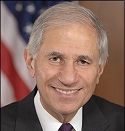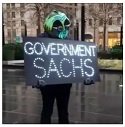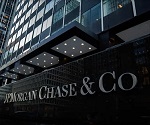
By Pam Martens and Russ Martens: May 16, 2024 ~ Foreign central banks and sovereign wealth funds are required under U.S. law to report their publicly-traded U.S. stock positions no later than 45 days after the end of each calendar quarter, if those stock holdings reach $100 million or more. This is done on Form 13F, which is filed with the Securities and Exchange Commission (SEC). Sophisticated traders, algorithms at the big trading houses on Wall Street, and giant hedge funds mine that data to spot bullish or bearish signals they might be able to trade on. Unfortunately, for reasons we haven’t been able to unleash from the tight grip of the SEC over many years, some of the central banks and sovereign wealth funds with massive holdings in U.S. stocks do not report their holdings, or, the SEC is granting them confidentiality. One sovereign wealth fund that has been reliably … Continue reading










